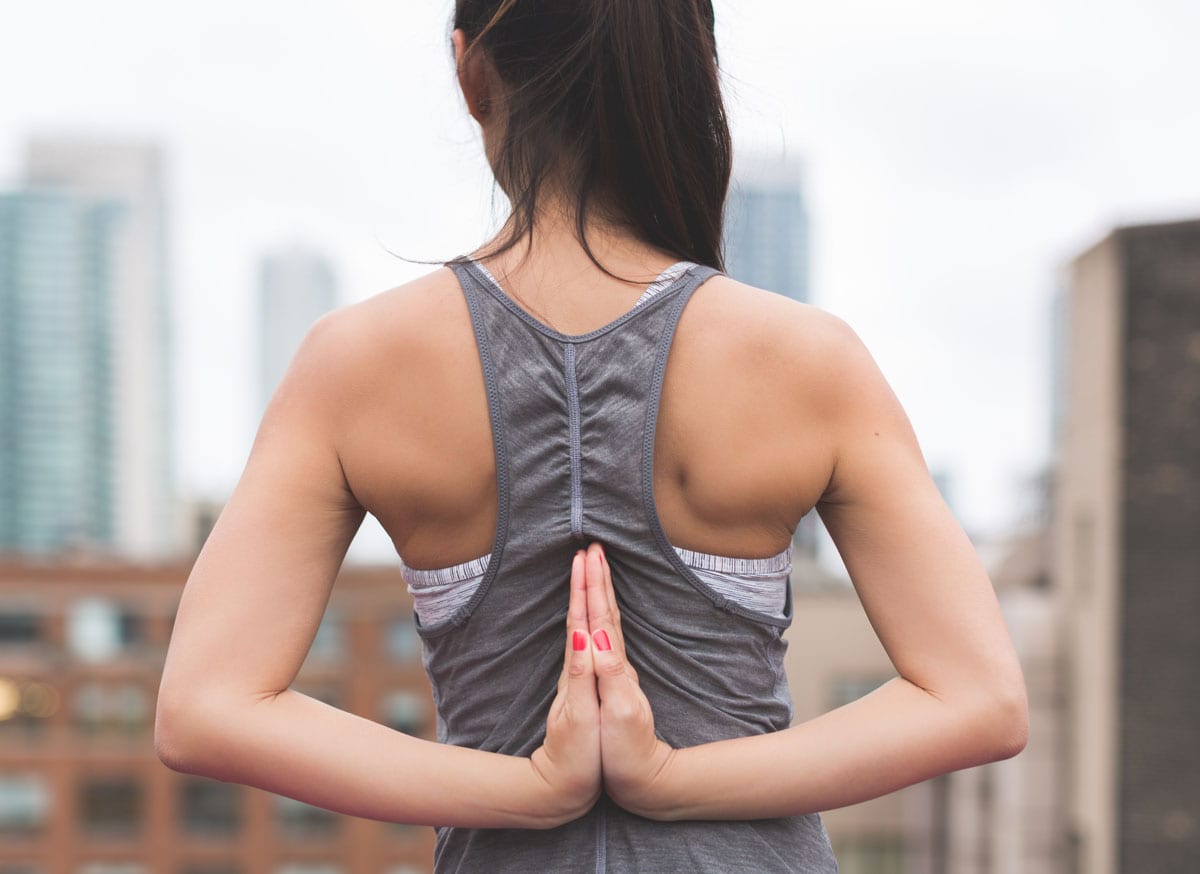“This is supposed to make my posture better, isn’t it?”
Typically, this is the very first thing people say when they sit in our chair for the very first time. The comment is remarkably consistent, which has taken me a while to understand. How do they know?
Note that the response isn’t “This chair is supposed to increase my metabolic rate, improving my blood lipid profile and decreasing my risk of diabetes and heart disease.” Apparently, biochemical benefits are harder for folks to feel in their experience with active sitting. These benefits are important, of course, but they’re not easy to feel.
And actually, it was the biochemical benefits of activity that first lead us to create affordable, active sitting options. We developed our chairs because we were pretty sure that moving while sitting all day would be a lot better for folks than sitting still all day. This was an easy inference, because we know sitting still has been associated with increases in obesity, diabetes, and heart disease. So, sitting in continuous motion would likely be a big improvement.
What we hadn’t expected was the profound effect that active sitting has on posture.
In retrospect, we should have guessed this. Our active chairs allow, actually require, that you continuously adjust your posture moment to moment. As a result, you are led to explore lots of different tiny refinements of your posture. Most of these refinements are rejected as worse, or at least not better than your previous posture. But if a refinement does lead to a better, more comfortable and balanced way of sitting, well, your system silently adopts it and immediately starts looking for further refinement. It’s sort of an evolution of one’s posture in real time. (Another way to think of this is as a random walk search of the space of possible postures, moving to another local maximum only when the new posture is better than the former posture. No normal person would think of it like this, of course, but this so called Markov chain Monte Carlo (MCMC) approach gets used a lot in math and physics.)
The above paragraph makes it all sound like a lot of work. But actually, all this activity happens at the spinal reflex level. Your conscious brain can listen in on the conversation that your spine is having with gravity, but all these adjustments are happening in the background, without any user input. It just sort of feels like, well, like floating.
It’s not often that a serious reconstruction of your whole postural system feels this good, but while you’re just floating your posture is continuously improving. And the better it gets, well, the better it gets- sort of a virtuous feedback loop.
So, rather than hiring a posture coach, you might think of our active chairs as silent, diligent posture coaches, helping you find your personally optimal posture. No trip to the gym, no exercises to practice, no hourly fee. Just float along to better posture while you’re just doing whatever you were doing anyway.
-Dr. Turner Osler





2 comments
Turner Osler
Sally,
It’s important to sit with your hips higher than your knees, so we recommend that you sit with the seat of your chair at least as high as the top of your patella (kneecap) when you’re standing comfortably next to your chair in your usual foot gear. Our chairs are adjustable, but come in two size ranges: short (17″-21″) and tall (20″-27″), so be sure you pick the size that will work best for you if you buy a chair. We can swap your chair later if you don’t get it right on the first try, but this is almost never necessary.
We do have a graphic on our website, but it’s easy to overlook: https://qor360.com/wp-content/uploads/2018/09/how-to-measure2.png
Sally
Very eager to learn which of these chair designs is best for me. Seeking info for selection. The 60 day trial — is that a Start with this design and progress to this other design if xyz…
How do I know which size to order… Just not finding this detail click through the website… is it so obvious I’ve missed it …the whole “if it was a snake it would have bit you by now” ?
Thanks!
Leave a comment
All comments are moderated before being published.
This site is protected by hCaptcha and the hCaptcha Privacy Policy and Terms of Service apply.